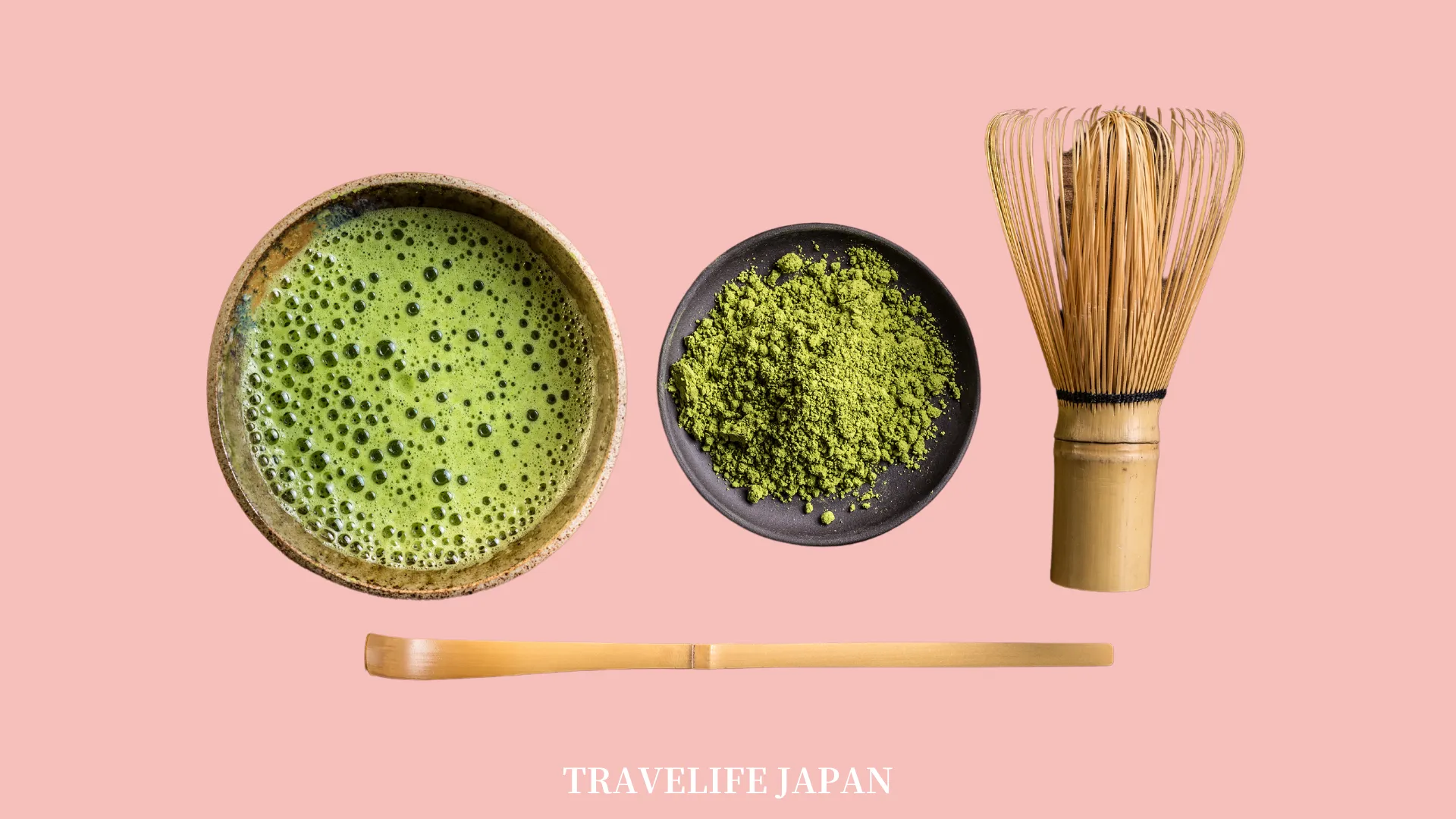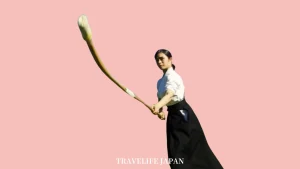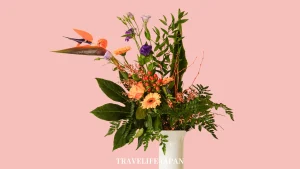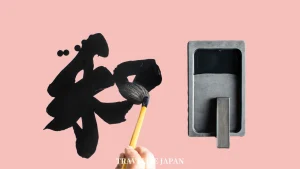Have you ever explored the serene world of the Japanese tea ceremony, known as Sado or Chanoyu? This prestigious tradition involves a ritual of preparing and serving tea, deeply rooted in Japanese culture. This article highlights its origins and the distinct approaches of the three main schools: Omotesenke, Urasenke, and Mushakojisenke.
Origin of Sado

Sado, as a distinctive Japanese cultural tradition, has solidified its status over the years. However, like many aspects of Japanese culture, tea initially came to Japan from China during the Heian period. In 804 AD, on returning from China, the monks Saicho (最澄) and Kukai (空海) brought back tea as a medicine, marking its first appearance in Japanese history.
The “Chakyo (茶経)” or “Tea Sutra,” believed to be written by the Chinese sage Lu Yu (陸羽), compiled knowledge about tea, including cultivation, harvesting, preparation, drinking methods, and its history. However, tea did not immediately become widespread upon its introduction to Japan.
Forgotten during the Heian period’s wars, it was reintroduced in the Kamakura period by the Zen monk Eisai (栄西) but did not gain significant recognition. It wasn’t until the Muromachi period that Sado began to spread widely. Murata Juko (村田珠光) conceived the idea of the tea ceremony in a hermitage, which was then passed on to Takeno Joo (武野紹鴎).
Subsequently, Sen no Rikyu (千利休), a disciple of Takeno Joo, greatly advanced Sado, making it well-known. Initially, tea was a brownish color, similar to oolong tea, and was regarded more as a medicine than a luxury. It later became a beverage enjoyed among nobles and monks, marking the beginning of the tea-drinking tradition.
Types of Tea Gatherings

A tea gathering, in the context of the Japanese tea ceremony (Sado or Chanoyu), is a ritualized assembly where participants engage in the preparation and consumption of matcha (powdered green tea). These gatherings are not merely social events but embody deep cultural and spiritual significance, emphasizing harmony, respect, purity, and tranquility. Hosts and guests follow precise etiquette, using meticulously chosen utensils and engaging in a series of movements that reflect the philosophical principles of Zen Buddhism and the aesthetics of wabi-sabi (beauty in imperfection).
- Chaji
A formal tea gathering for a small number of guests, featuring kaiseki cuisine, thick tea (koicha), and thin tea (usucha). The standard sequence involves serving kaiseki, followed by koicha and usucha. - Oyose Chakai
A large tea gathering where many guests are invited. Due to the large number of participants, some procedures, like the charcoal-laying (sumitemae) and tea kaiseki, might be omitted. - Kenjo Chaji
Tea ceremonies held at shrines or temples, where tea is offered to the deities in a ceremonial manner. - Kuchikiri Chaji
Held by the tea school head in late October to early November, marking the opening of the tea jar containing the season’s first tea. It includes a ritual of tasting the new tea, ground in a tea mill, which symbolizes the fortune of the tea school for the upcoming year.
Three Schools of Sado

There are numerous schools of Sado, but the “Three Schools” or “San-Sen-Ke” of Omotesenke, Urasenke, and Mushakojisenke dominate the mainstream.
Omotesenke (表千家)
The Omotesenke school prides itself on faithfully preserving ancient tea ceremony practices. Named “the front Sen house” due to its tea room’s location along the main street, Omotesenke refers to the tea ceremony as “Sado.” It is characterized by its adherence to traditional methods and a conservative outlook, upholding the practices established by its forebears. Unlike Urasenke, Omotesenke prefers a less frothy preparation of thin tea, allowing for a richer experience of matcha’s flavor. The school’s philosophy centers around simplicity and naturalness, reflecting the wabi-sabi aesthetic. Omotesenke ceremonies are known for their understated elegance in both utensils and room decor, emphasizing modesty and inner richness.
Urasenke (裏千家)
Urasenke stands out for its adaptability and openness to evolving trends and practices in the world of tea ceremony. This school’s name, meaning “the rear Sen house,” comes from the location of its founding tea room, which faced a back street. In Urasenke, “Chado” is the preferred term for the tea ceremony. This school is recognized for actively incorporating new methods and tools into its practice, making it a vibrant and evolving tradition. Urasenke is particularly noted for its approach to whisking thin tea (usucha), producing a smoother and more mellow flavor. This method contrasts with Omotesenke’s, where the tea is not as frothy, offering a deeper taste of matcha. Urasenke values tradition while embracing innovation, leading to a wide variety of tea utensils in use, reflecting its dynamic approach to Sado.
Mushakojisenke (武者小路千家)
Mushakojisenke is celebrated for its efficient and practical approach to the tea ceremony, minimizing unnecessary actions in favor of streamlined movements. The name derives from the tea room’s original location on Mushakoji street, which has been rebuilt multiple times due to losses, each reconstruction focusing on eliminating superfluity. This school practices a style that values simplicity and austerity, much like Omotesenke, but with a unique emphasis on rationality and minimalism. Mushakojisenke’s ceremonies are characterized by their plain preparation and presentation of tea, preferring less froth in usucha and utilizing tea utensils that are simple yet deeply aesthetic. This approach fosters an appreciation for the beauty found in simplicity and imperfection, closely aligning with the principles of wabi-sabi.
Tea Ceremony Etiquette

The Japanese tea ceremony is not just about drinking tea; it’s a choreographed art form that embodies harmony, respect, purity, and tranquility. Participants and observers alike are swept into a meditative journey, where every gesture and item holds significance. Understanding the nuanced etiquette of the tea ceremony can enrich the experience, allowing one to fully appreciate this deep-rooted cultural tradition.
Preparing the Spirit and Body
Before even stepping into the tea room, both the host and guests engage in a symbolic purification ritual. This act, which might involve rinsing hands and mouth at a stone basin, is not just physical but also spiritual, signifying the shedding of the outer world’s distractions and entering a space of tranquility and mindfulness.
Attire: Dressing for the Occasion
The choice of clothing is an essential aspect of tea ceremony etiquette. Traditionally, participants wear a kimono, with colors and styles often reflecting the season or theme of the ceremony. The kimono is not just a dress code but a way to show respect for the occasion and fellow participants. It’s advisable for first-timers to seek guidance on how to wear a kimono properly or, if not available, opt for subdued and respectful attire.
Entering the Tea Room
Entering the tea room, or chashitsu, is done with humility and awareness. Guests usually enter one at a time, bowing slightly at the entrance to show respect. The entry is typically through a small door, requiring one to stoop, symbolizing the leaving of ego and status outside. This act reinforces the principle of equality among all participants within the tea space.
Admiring the Tea Utensils and Setting
Once inside, guests are invited to admire the tea utensils, scroll, and flowers arranged by the host. This moment is not just about visual appreciation but understanding the seasonal or thematic significance behind each item. It’s customary to comment politely on the utensils and decorations, showing appreciation for the host’s thoughtfulness and effort.
Receiving Tea and Sweets
The serving of sweets precedes the tea, with guests receiving them on special paper called kaishi (懐紙). The etiquette involves taking a small portion of the sweet first, saving the rest for pairing with the tea. When the tea is served, guests rotate the bowl to avoid drinking from its front, a gesture of respect towards the host and the bowl’s maker. The tea is then sipped quietly, with the last sip audibly slurped to signal enjoyment and completion.
The Role of Silence and Mindfulness
Silence plays a crucial role in the tea ceremony, allowing participants to immerse themselves fully in the experience and reflect inwardly. Mindfulness in every action, from the way tea is whisked to the folding of the napkin, underscores the Zen philosophy underpinning Sado. This mindful presence is what transforms the tea ceremony from a mere cultural activity into a spiritual practice.
Concluding the Ceremony
As the ceremony concludes, guests express their gratitude for the tea and the effort the host has made in preparing the gathering. The utensils are carefully inspected and then respectfully handed back to the host. This moment is filled with a quiet acknowledgment of the shared experience and the fleeting nature of the gathering, echoing the principle of ichi-go ichi-e (一期一会), a concept often translated as “for this time only,” or “once in a lifetime.”
Embracing the Etiquette
The etiquette of the Japanese tea ceremony is a dance of respect, appreciation, and mindfulness. For both host and guest, these practices are not rigid rules but a path to achieving a moment of peace and connection. Engaging with these traditions allows participants to step out of the everyday and into a space of beauty and tranquility, making each tea ceremony a unique and cherished experience. Whether you are a seasoned practitioner or a curious newcomer, the world of Sado invites you to explore the depth of Japanese culture and find tranquility in the ritual of tea.
Conclusion
Sado, a quintessential Japanese cultural tradition, was popularized by figures like Murata Juko and Sen no Rikyu. The heart of Sen no Rikyu’s tea ceremony is carried on by the three main schools, Omotesenke, Urasenke, and Mushakojisenke, which continue to be cherished to this day. Though the rules may seem daunting at first, engaging with the tradition of Sado offers a profound glimpse into Japanese culture and aesthetics.
\ Follow Our Community /
STUDY IN JAPAN
INQUIRE NOW
Please feel free to seek our help at NO COST.
We are looking forward to meeting you!








